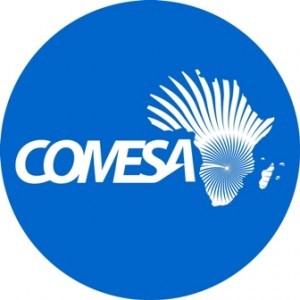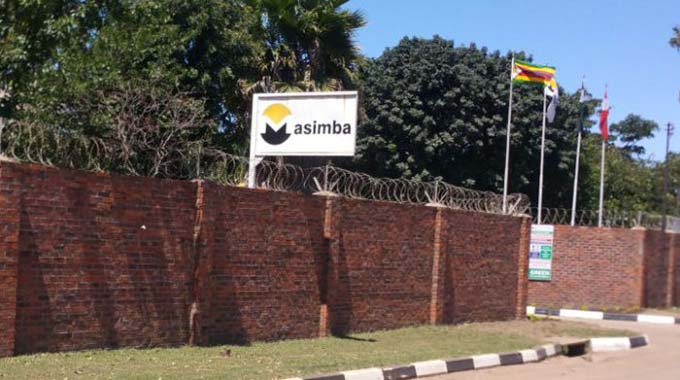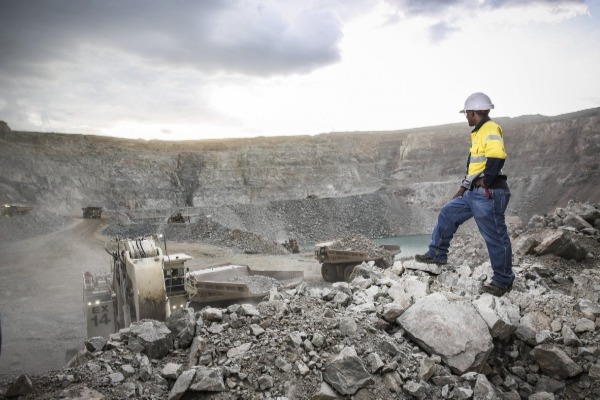Mining cadastre adoption ‘long overdue’
ZIMBABWE has taken long to adopt a mining cadastre system, which is expected to greatly assist in enhancing transparency and accountability in the sectors’ operations.
A cadastre system refers to a computer-based and up-to-date land information system containing a record of interests in land such as owners’ rights, restrictions and responsibilities.
Participants who attended the recent Zimbabwe Alternative Mining Indaba (Zami) that was hosted by Transparency International Zimbabwe in Bulawayo, urged the Government to expedite implementation of this digital model to foster sustainable development.
As the country finalises the Amendment to the Mines and Minerals Act the gathering, which drew representation of the civic society organisations, academia, legislators and the public, said contract mining transparency was also vital in eliminating illicit financial flows and corruption.
“We are advocating for the Government to expedite the adoption and implementation of the mining cadastre, which will help in the generation of reliable information including mining titles, beneficial ownerships, and mining contract registries,” Transparency International Zimbabwe policy research and advocacy team leader, Mr Tafadzwa Chikumbu, said.
Participants also called for increased coordination between Government departments to ensure seamless flow of information and avoiding mistrust and lack of public confidence in the exploitation of natural resources.
The gathering noted that most African governments were reluctant to disclose their contracts despite attendant benefits such as enhanced public confidence and eliminating illicit financial flows.
“We recommend that the Government provides for provisions that adopt contract disclosures in the new Mines and Minerals Bill before the bill is passed into law,” said one of the participants from the floor.
Publish What You Pay Zimbabwe coordinator, Mrs Joyce Machiri, said mining plays a critical role in Zimbabwe’s sustainable development agenda hence contract transparency was pivotal.
“So, when talking about contract disclosure, it’s important to know that contracts signed between governments and resource companies are the fundamental documents that set out obligations, rewards and protection in any one mining investment,” she said.
“Without access to these, it is not possible for citizens to understand the nature of agreements that governments would have made or monitor government commitments. Contract disclosures can also undermine the drivers of unfair deals.”
As part of efforts to address concerns stakeholders in the mining sector the Government is amending the Mines and Minerals Act, which was adopted in the 1960s. It is hoped that if amended the new Mines and Minerals Act would boost investor confidence and help the country in realise more from its natural resources.
The amendment of the Act will also buttress the “use-it or lose-it” policy where mining title holders with under-utilised or idle claims would be re-possessed. The Government has already begun implementing the policy and as at August 2020 it had repossessed over 200 idle mining claims. These are set for redistribution to prospective productive investors.chronice.co.zw










